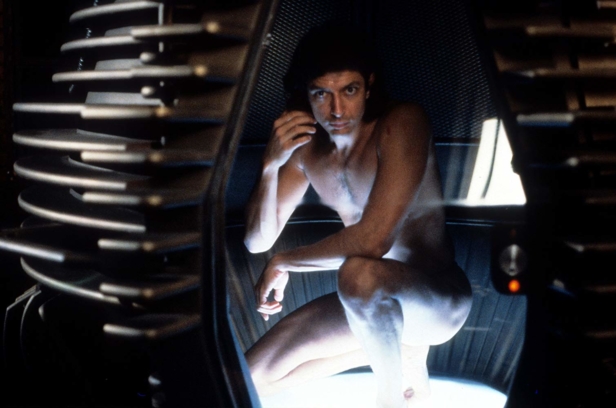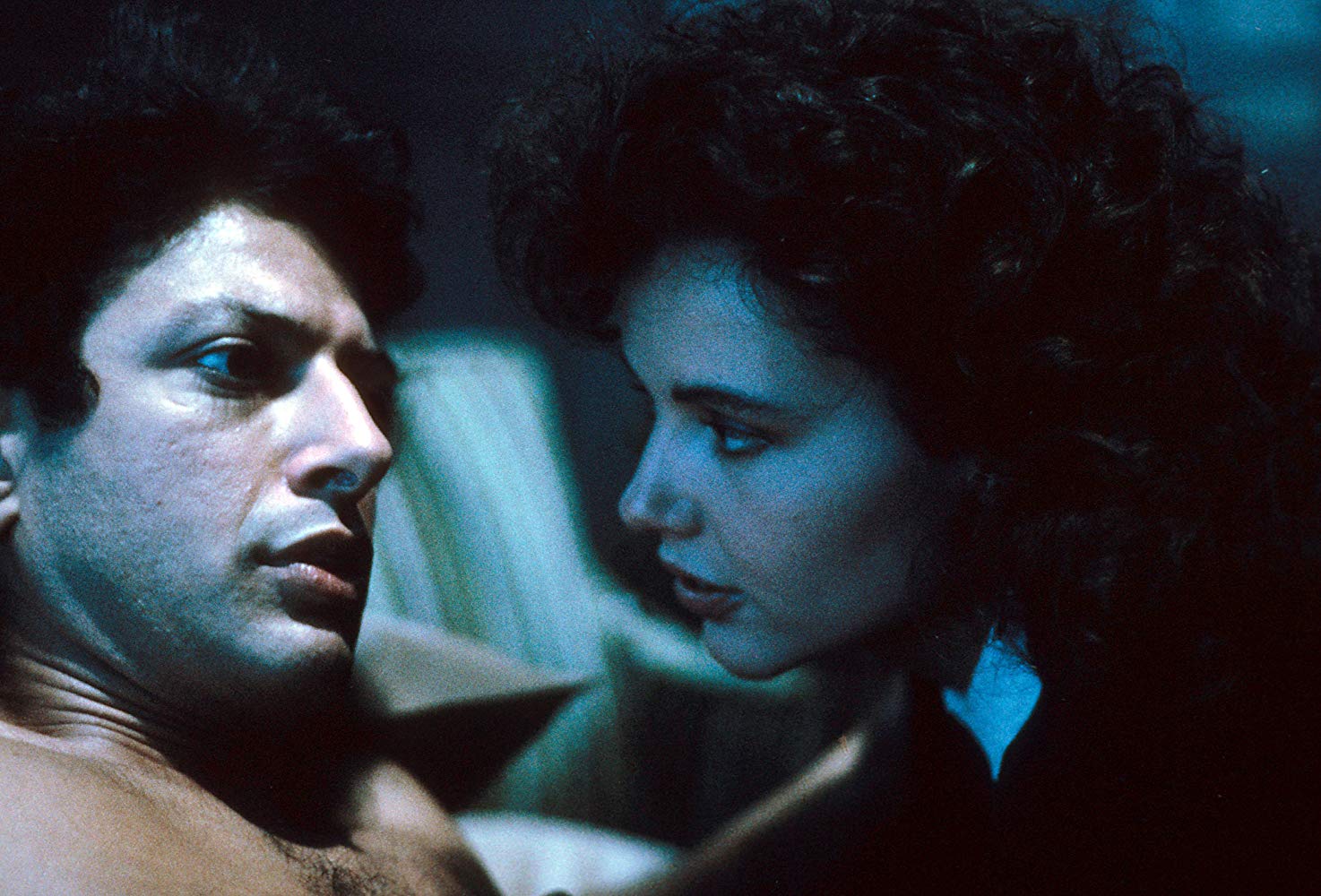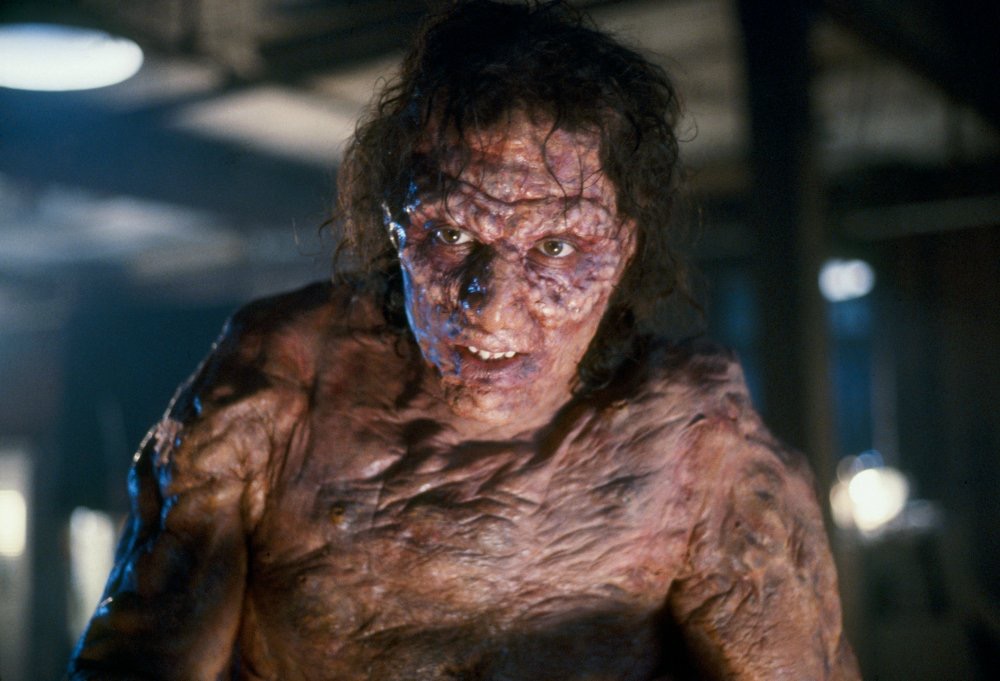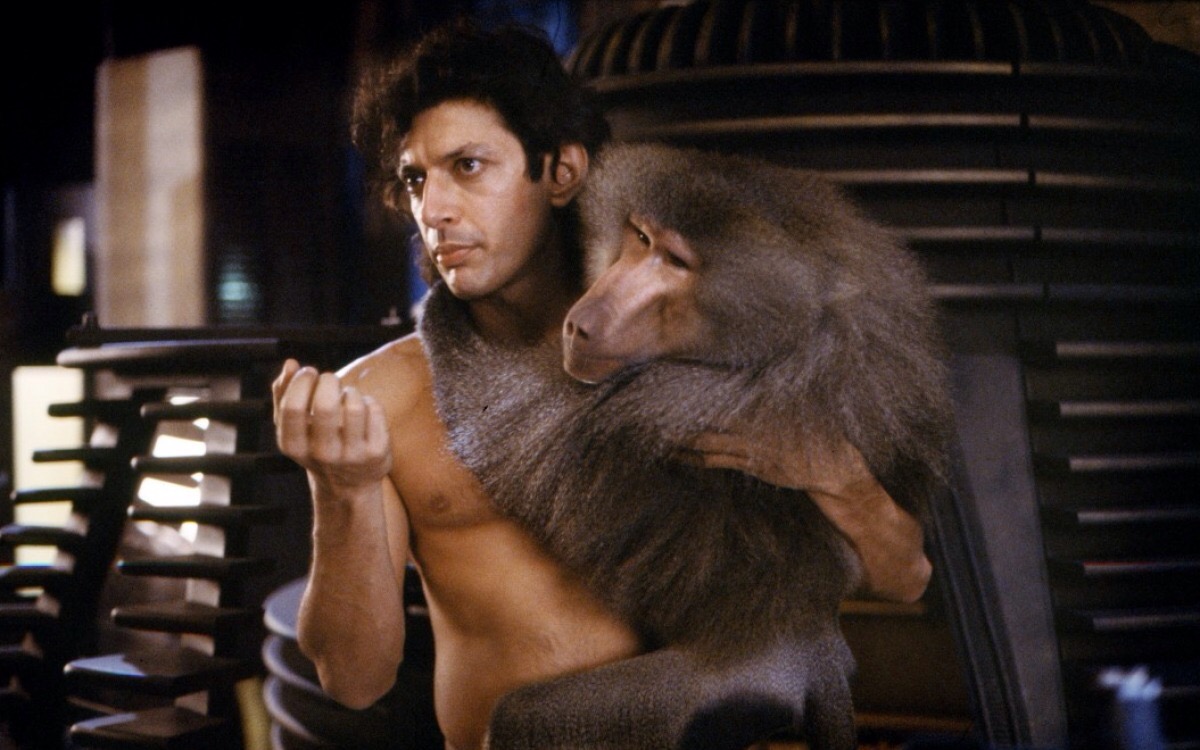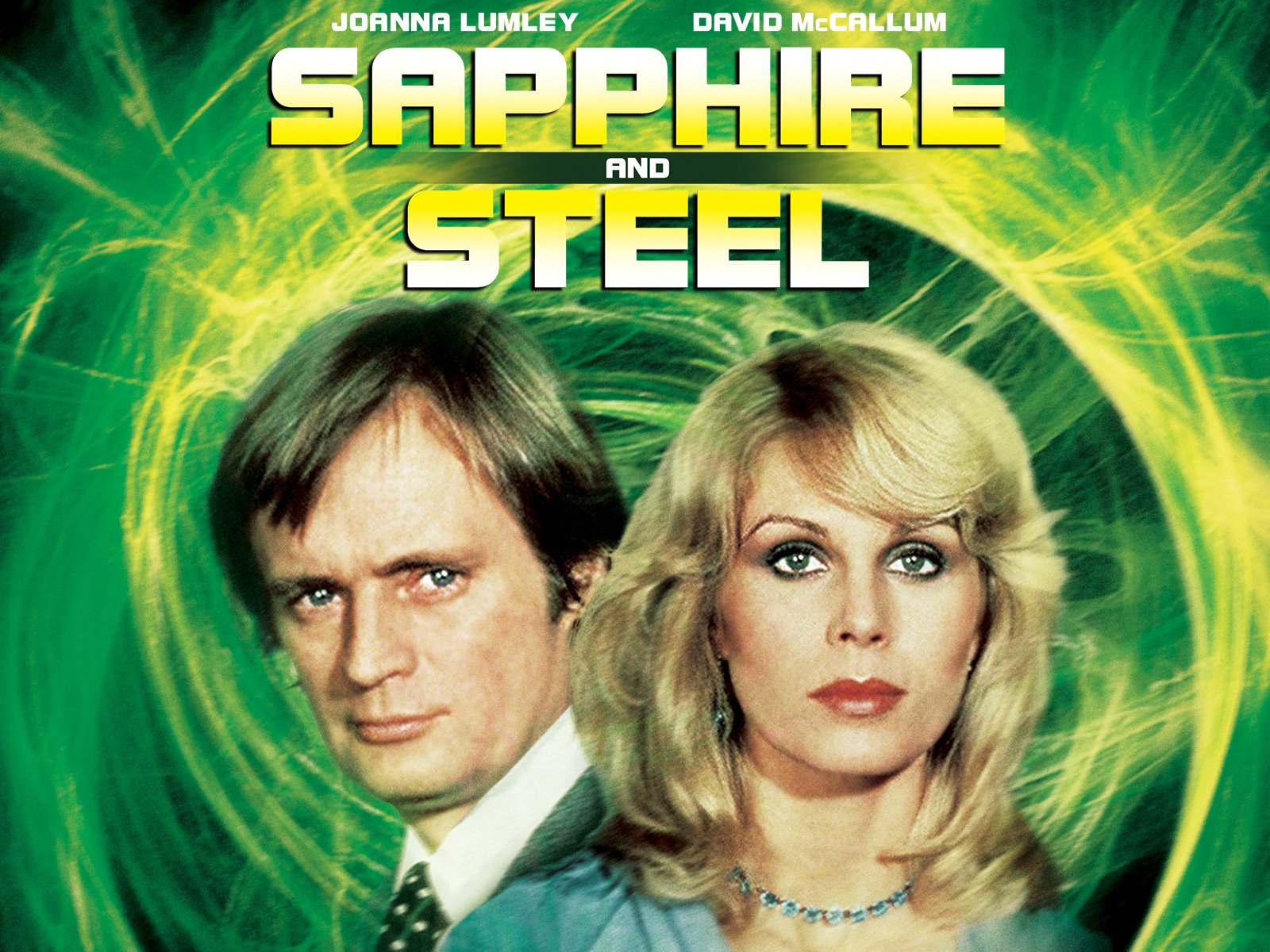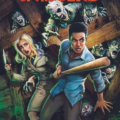An example of a remake which surpasses the original: David Cronenberg’s retelling of The Fly is a tragic love story that happens to be a science fiction horror film. We speak to the film’s director of photography Mark Irwin about the classic…
“I was struck by how disturbing and emotional the film is. It works as a love story. That was certainly something that attracted people to it who wouldn’t normally be interested in a horror film, especially one that gets relatively gory,” reflects David Cronenberg during the 2005 DVD commentary track to his spin-tingling classic The Fly, a film the director hadn’t seen since its original release and only re-watched for the purpose of said commentary.
Indeed Cronenberg’s 1986 film transcends genre tropes, innovatively reimagining and extending upon both Kurt Neumann’s 1958 B-movie original and the Playboy published short story upon which it was based. That story, told in flashback, revolved around a scientist who is fused with a housefly at the molecular genetic level shortly after discovering the key to teleportation.
The Neumann version cast David ‘Al’ Hedison as the ill-fated protagonist, depicted as a happily married but obsessive scientist who discovers the secret to teleportation by tinkering away in a laboratory situated beneath his family home. However, the event of his accidental fly fusion occurs off-screen and rids him of the ability to talk instantaneously. The incident is instead relayed in a typed letter to his wife, while the physical ramifications of the head-swapping synthesis are postponed for a shockingly sudden reveal that terrified audiences at the time.
Cronenberg, extensively rewriting Charles Edward Pogue’s “really wonderful rethinking of the original”, saw things differently however. Adding an additional love interest element, the event of the pivotal teleportation is captured and occurs as a lapse of judgment fuelled by drunken jealousy, while the subsequent physical transformation is very much realised as a sickeningly gradual disease. In an ingenious twist, the director also allows his protagonist Seth Brundle (Jeff Goldblum, playing a nerdy, insecure, indoorsy take on the character), to articulate his feelings as his flesh progressively folds away. Also, by having a love affair develop between Brundle and Veronica Quaife (real life partner at the time Geena Davis), there’s an additional romantic layer, which further enriches the emotional impact of the transfiguration and its tragic consequences. A third character, Stathis Borans (John Getz) a smarmy, still smitten former boyfriend of Veronica’s, establishes the love triangle concept.
“I think David inherently has [the love story] as a stronger theme because The Fly is kind of a one-liner: a guy turns into a fly. And they named the movie after that,” the film’s director of photography, Mark Irwin, tells SciFiNow. “The original movie was about the character’s wife recounting to her brother-in-law what happened to her husband. In [our version] they were intrinsically linked; the bond they found together, which was spurred by his research, was something that became the foundation for this love story. Then, to see it slip away and turn into this tragic thing… it was a strong film emotionally and not just because it was scary.”
Nevertheless, The Fly‘s legendary tagline – ‘Be afraid. Be very afraid…’ – dictates that fear will be a considerable factor; fear of the flesh and thus our own mortality. “For me the movie was about the normal process of ageing… about the inevitability of deterioration and death,” admits Cronenberg on the DVD commentary. “Anyone can relate to it, despite the fact that the circumstances in the movie are fictitious and science fiction… the emotional and physical reality is accurate and inevitable.”
Cronenberg explores the upside to the fly fusion too; firstly with Brundle acquiring superhero-type strength, along with a new sexual and mental agility that becomes appealing but ultimately compromises his relationship, especially when she refuses to “dive into the plasma pool” and teleport too: “At this point [in the original film] the scientist was unable to speak. This took away too many of my dramatic weapons,” said Cronenberg, who later adds: “I think it’s more interesting, complex and real-like if there’s a strange attraction to the hideous thing that’s happening to you.”
To lens this mortality tale, Mark Irwin, a frequent collaborator of Cronenberg, having shot a slew of the director’s earlier body horror films like The Brood, Scanners, Videodrome and the more supernaturally entwined The Dead Zone, had his own unique formula.
“I have a philosophy about making horror films where I want to show the audience where everything is: the living room, the bathroom, the kitchen… so they know and then I essentially turn the lights off!” reveals the cinematographer who also lensed Wes Craven’s New Nightmare and Scream. “I have the lighting deteriorate as Seth Brundle’s character deteriorates and turns into this unknown insect-like [thing]. It was my plan to shift the mood with this deterioration and make it darker, moodier and more serious.”
That seriousness was undercut by humour during the filming of some of the movie’s most cringe-worthy scenes, including the moment Brundle, akin to a fly, vomits a digestive enzyme onto a donut in front of a repulsed Veronica, which is followed by his ear dropping off. “David has a good sense of humour. The vomit was made of milk and honey and we just had fun,” reflects Irwin. “In the original film the most quoted line was: ‘Help me! Help me!’ when the tiny fly is calling for help at the end. When she embraces him in our version after his ear has fallen off the entire audience in the screening went crazy. That’s when he says: ‘Help me!’ and no one heard it. People complained that we got rid of that line. But no, we didn’t. Go [re-]watch it on video!”
Something that was omitted from the film, however, was an equally ghastly scene that sees a more malevolent Brundlefly splice together a baboon and a stray cat using three telepods to create the ‘quintessential creature’. Consequently, his plan backfires when the creature attacks him.
“There are 18 minutes of The Fly that were out out and that scene was my favourite,” admits Irwin. “He ends up having to defend himself and beats this thing to death and then has a cathartic moment, driven by grief and despair, where he climbs up the wall, goes out of the warehouse and then there’s a whole scene where he shakes his fist at the heavens and has this physical breakdown. [What follows is] another anguished moment where this vestigial insect leg comes out of his torso and starts to manifest. It’s basically saying, ‘you’re not gonna be a man, you’re not gonna be anything, you’re now becoming a fly’.”
The scene climaxes with Brundlefly tearing out the unwanted appendage with his teeth before tossing the still twitching part to the ground. Ultimately it was Toronto test audiences that decided the fate of the scene: “Unfortunately everybody in that particular audience were cat lovers and didn’t like the fact that the cat was killed so the studio said, ‘you better cut that cat thing out!’ in which case all that went away.”
Perhaps if the scene had remained it would’ve given even further gruesome credence toward the possibilities of ‘the ultimate family’ that Brundlefly proposes to Veronica before lunging her into the telepod during the climax. Not that the film was short on repulsive imagery or moments of profound emotional power already, which was undercut superbly by Howard Shore’s score. Indeed it’d all be a tough sell for a conventional movie as the director reflects: “If it were made as a straight drama, it would never have gotten made because it’s really depressing,” considers Cronenberg. “Because it’s protected by the trappings of the genre – because it’s a science fiction horror movie that seems okay.”
“The Fly is the ultimate journey… [Brundle] doesn’t turn into a bad guy, he becomes essentially a victim of a science experiment that went wrong,” considers Irwin regarding why the film remains one of the strongest examples of the genre. “Here’s my theory about David Cronenberg: I’ve always appreciated him as a filmmaker but a lot of the films that I did with him have the same plot as The Fly, in that the hero becomes the victim of a scientific process that he more of less created and always dies. I guess The Fly was the purest version of that: it was a guy who had a great idea and an insect got in there and the love story was over by the time he realised what it was. It was a very pure and simple story.”
